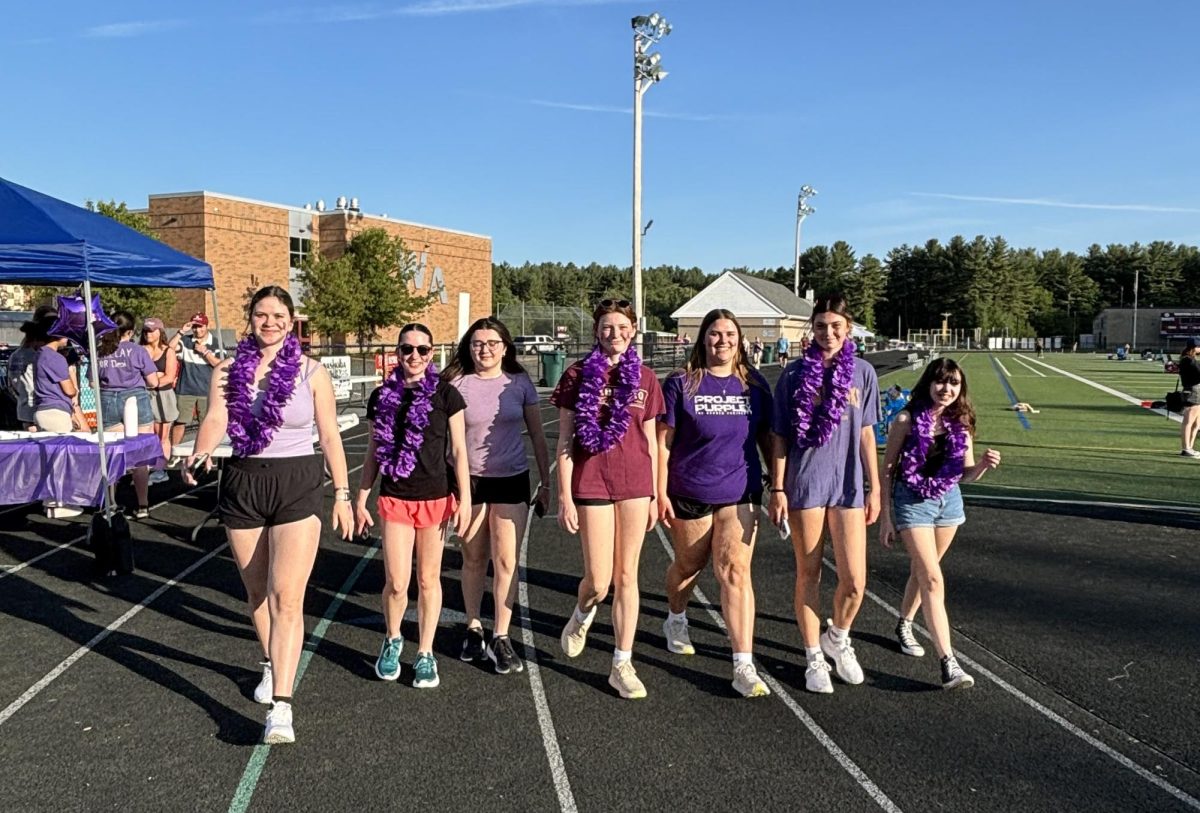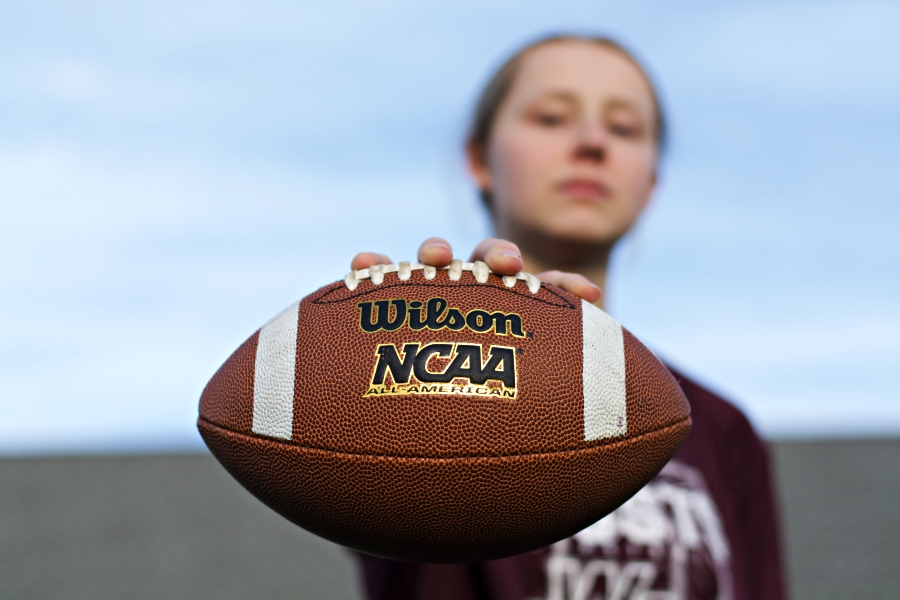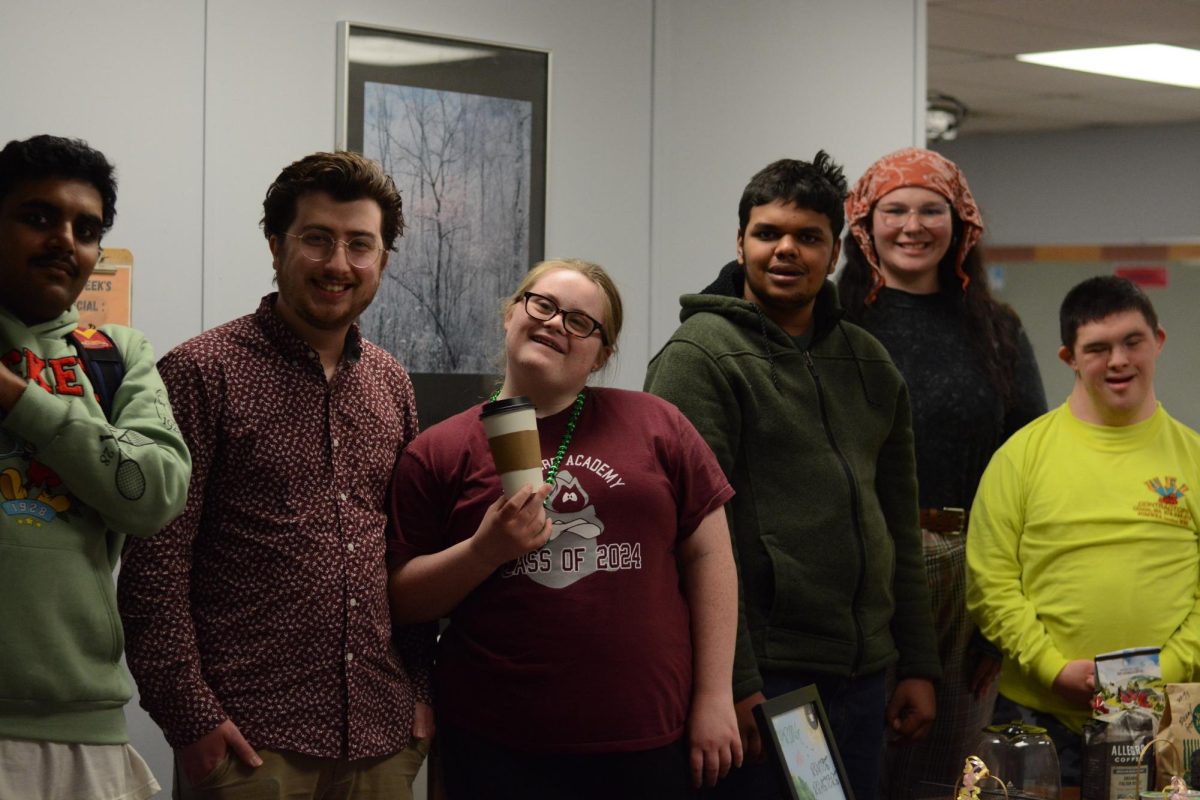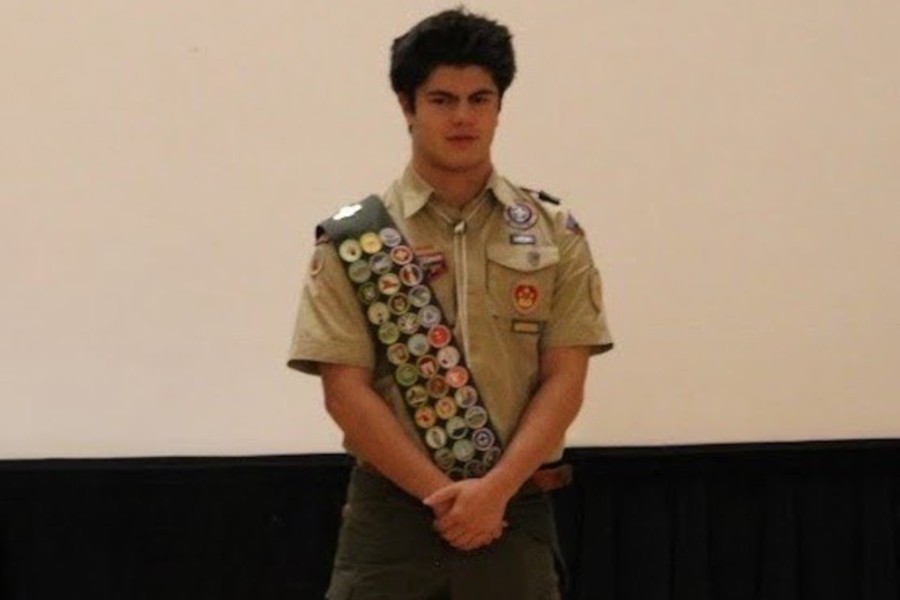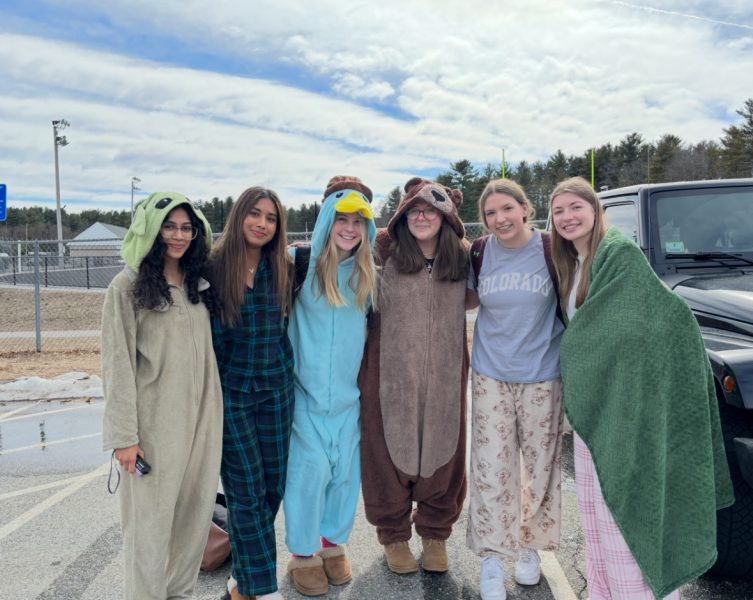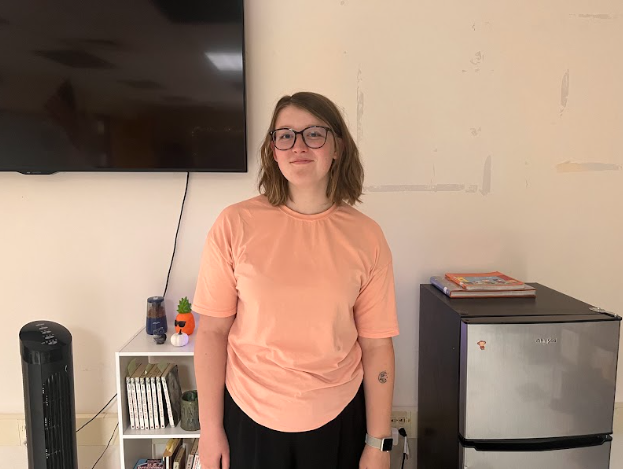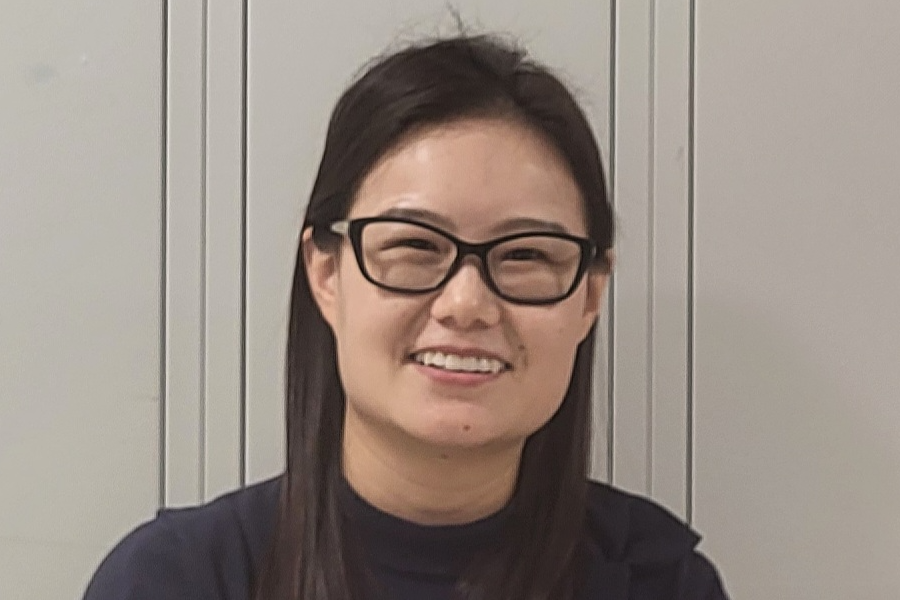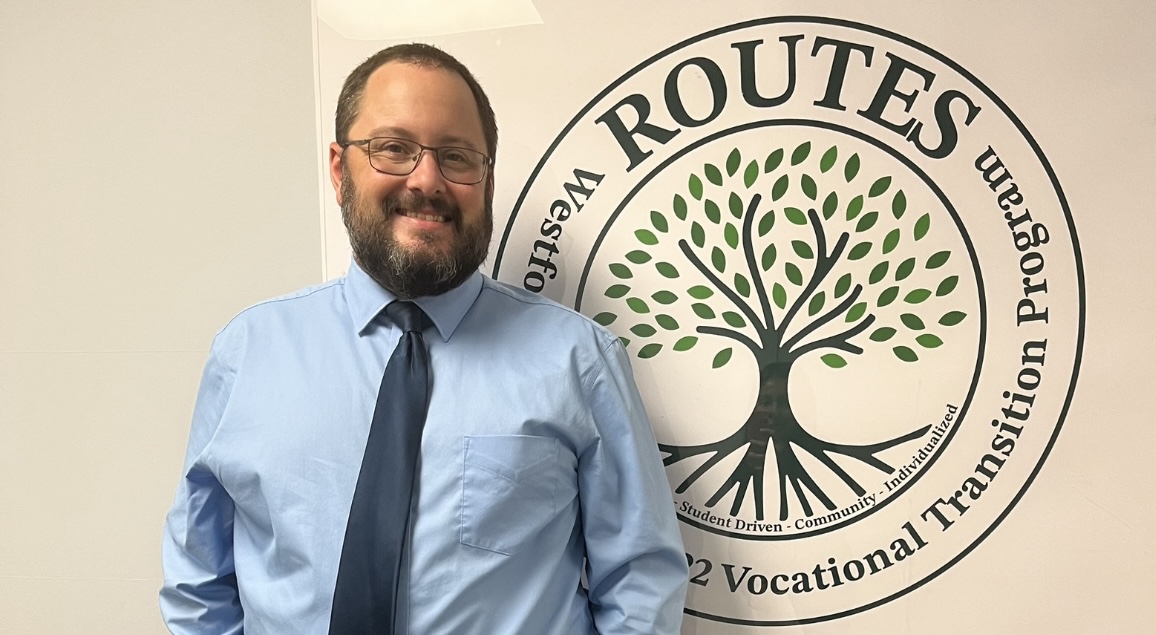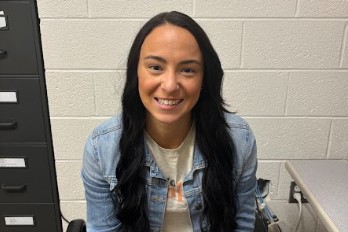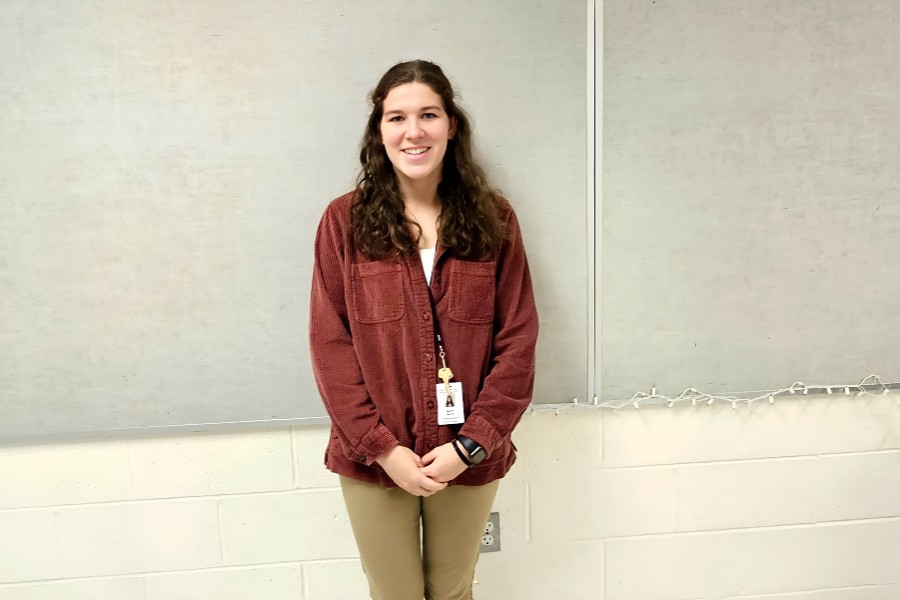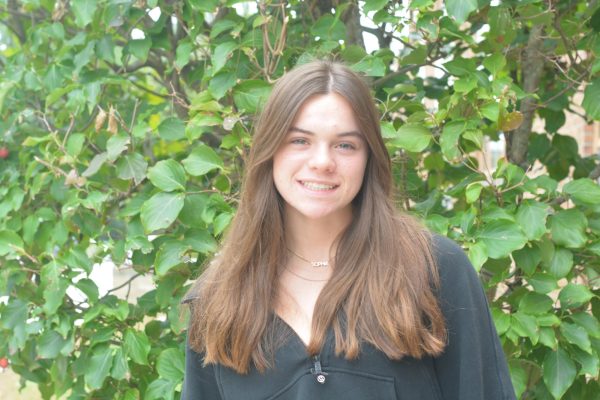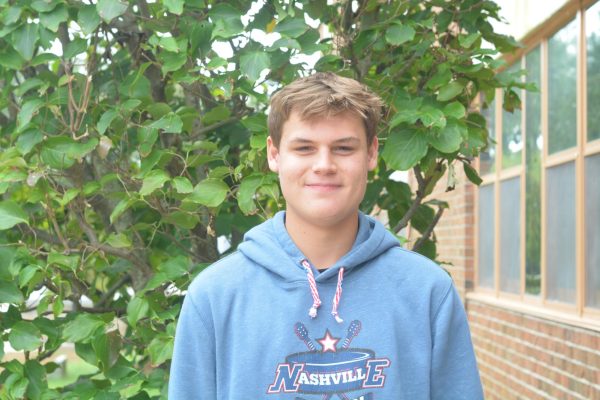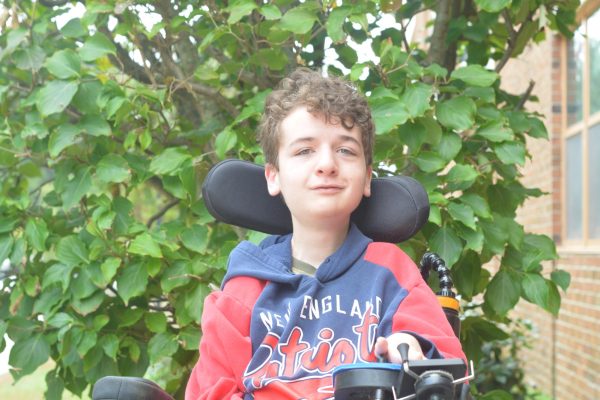Dr. Shannon Taylor is a new CP chemistry teacher for 10th graders. She went to college at MIT for material process engineering and got her PhD at Northwestern. Shannon is very excited to be teaching a new set of minds and can’t wait to see what this year has to offer.
Q: Tell me about your previous job as a science process engineer?
A: I studied material science and engineering, which is based on chemistry, and a little bit of physics. I worked in the metal 3d printing industry, and I developed processes to make 3d printed metal parts stronger. I worked at two different companies in the Boston area. I primarily did lab work, as well as a little bit of project management. I would go into lab design and experiment to solve a problem that we were having with our particular product, and then conduct the experiment, analyze the data, and present that to the team that might need to make improvements on the printers.
Q: How has it been adjusting to your new role as a teacher, as opposed to being a scientist?
A: It can be challenging, it’s definitely different. I really like it. I have some teaching experience so I taught science lessons to elementary students last year, but definitely shifting my brain to high school and the challenges that high schoolers face is new. Having to take all the information that I know about science and then present it in a manner that is accessible to students is a challenge, but I like it.
Q: Do you like teaching the chemistry curriculum or would you rather teach biology or physics?
A: I like chemistry. I think chemistry is probably the closest to what I studied. So I like studying different materials and how they’re made, and how their material chemistry affects the properties.
Q: Did a particular person or event make you decide to change careers to teaching?
A: For me it was definitely a career change. I love science but the work I was doing as a scientist, but I enjoyed teaching others about the work that I was doing more than being the one to conduct the experiments myself. So looking for a career that I was more passionate about kind of led me to education. It was certainly not the most direct route.
Q:Tell us about your personal life. Any family? Pets?
A: Yes, so I have a daughter who’s 22 months old. And I have a cat, Her name is Sasha, she’s gray. She came from a shelter. I don’t know what kind she is but she’s a great cat.
Q: How was going to top schools like MIT and Northwestern?
A: MIT was definitely a challenge and Northwestern in different ways. There was a lot of pressure, I think some of itself but it was a good experience overall. I got to interact with mostly scientists and engineers, or people that wanted to be future scientists and engineers. So that was a really good environment.
Q: Did you change your major or did you always know you wanted to be a process engineer?
A: I was definitely engineering focused. I changed sort of the field of engineering [that I went into]. I thought I wanted to do more environmental engineering. When I graduated high school, I thought that I wanted to develop materials that would be greener and have less environmental impact. I thought that’s what environmental engineering was. Turns out, that’s not really what it is. Environmental engineering is more like a larger scale of the impacts on an ecosystem. I took a chemistry course my freshman year, we had to take it but it was taught by a material science professor. So that’s how I learned about the material science field.
Q: What’s your favorite element?
A: My favorite element is gallium, number 31. I used to work with it during my PhD. I worked with a metal alloy called nickel manganese gallium. It was one of the metals that I would mix together. Gallium is really cool because it melts at 29 degrees celsius. It’s just about room temperature, it melts into a liquid, whereas most metals are really hot like a furnace but you couldn’t actually melt the metal, it’s really fun to play with.


